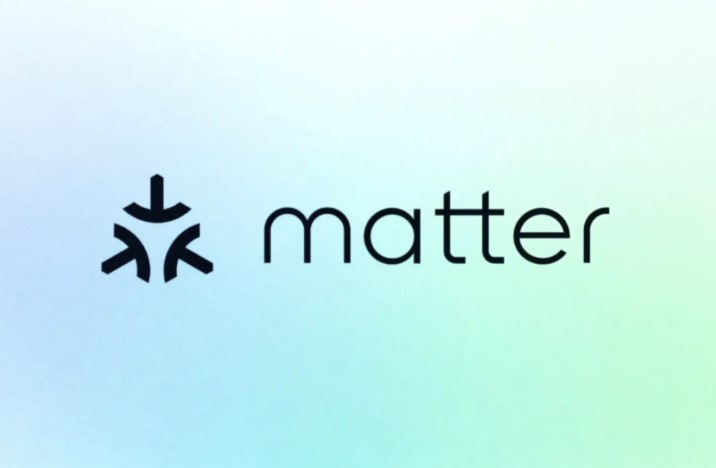 Paradoxically in the consumer technology business, the one constant is change. As in past years, 2023 will mark the debut of many new products and technologies. But unlike past years, the coming new year also will bring a number of business and operational changes, some reactively wrought in the furnace of pandemic necessity, others the proactive application of new means and methods of how vendors and retailers market and sell their wares.
Paradoxically in the consumer technology business, the one constant is change. As in past years, 2023 will mark the debut of many new products and technologies. But unlike past years, the coming new year also will bring a number of business and operational changes, some reactively wrought in the furnace of pandemic necessity, others the proactive application of new means and methods of how vendors and retailers market and sell their wares.
From a pure industry health point of view, The NPD Group pessimistically projects 6% and 3% year-over-year revenue declines this year and next, respectively, but overall higher than 2019 industry sales because of higher average selling prices (ASPs).
Even less optimistically, NPD also believes consumer technology revenue will fall in Q4 versus last year but still 11% higher than 2019, as well “as forecasting a slightly weaker year for unit and dollar sales in 2023 for the U.S. consumer tech industry, following a steeper decline in 2022,” according to NPD VP and industry advisor Paul Gagnon.
None of this predicted pessimism is, of course, written in stone, and could be reversed by easing economic conditions and new hot new products spurring heightened consumer buying enthusiasm.
Hot Products for 2023

So what products or technology will tempt consumers? Overall, “the hot categories in 2023 will be those that consumers deem as necessary or improve their lives and homes, such as smart home and health tech products,” opines Rick Kowalski, CTA’s director of industry intelligence.
“If Apple introduces a VR headset that solves real consumer problems, even if it is wildly expensive, that’s all anyone will want to talk about,” offers Avi Greengart, lead analyst at Techsponential.
Lew Brown, partner at bluesalve partners, believes that “more and more devices will have sensors in them to tell us how our air quality is, how our health is tending, make our lives easier and smarter. The sensors combined with AI and ML will be powerful and noticeable in 2023 and beyond. This will continue in many sectors and notably in Medtech and Autotech.”
Two other product/technology trends could dominate CES 2023 and beyond: over-the-counter (OTC) hearing aids and the new multi-vendor Matter smart home standard that will allow devices from previously walled gardens such as Google Assistant, Amazon Alexa, and Apple HomeKit, to work together.
 “Home Automation – smart home – could be poised for a strong year in 2023 as we see products using the new Matter standard come to market and make it easier for consumers to add devices to an existing smart home,” Paul Gagnon, vice president and industry advisor at The NPD Group anticipates. “More low-cost home automation products will also open the door to new households.”
“Home Automation – smart home – could be poised for a strong year in 2023 as we see products using the new Matter standard come to market and make it easier for consumers to add devices to an existing smart home,” Paul Gagnon, vice president and industry advisor at The NPD Group anticipates. “More low-cost home automation products will also open the door to new households.”
Gagnon also projects that more mature categories such as big screen TVs will continue to experience price drops and volume rises next year, but his prognosis for 8K TV isn’t as healthy. “8K TVs have not been selling well for a variety of reasons, price being one of the big ones, but also a lack of native content. EU energy regulations will certainly impact 8K TVs in Europe, but 8K has struggled everywhere due to the reasons above.”
New Business Methods
Perhaps the biggest change pending in 2023 is how both vendors and retailers conduct their business, from adjusting to new staffing and HR strategies, the adoption of digital payment methods, and other POS advancements, to more and different places to sell more and different goods.
“Vendors have been looking for additional channels to expand their business,” explains bluesalve’s Brown. “Integrator/installer markets, big box retailers, pro-AV markets, commercial, builder, MDU, hospitality, global, etc. Since brick-and-mortar channels have been shrinking and e-commerce is in large part dominated by Amazon, many manufacturers are looking to expand beyond their traditional and more focused channels to find new ways to reach their customers.”
But what might really move the needle for both vendors and retailers in 2023 isn’t new old or new products or technology to sell but getting to know their customers better through new methods of collecting, sharing, analyzing, and applying consumer data, especially so-called first-party data collected directly from consumers through online interactions and e-commerce.

“If you are not paying attention to the data, you are falling further and further behind your retail competitors,” cautions Brown. “The amount of data that consumers give you, even anonymized, is outstanding. How often, when, what cycles, what do they buy with what, price points, where do they live, how often do they use customer care, and on and on is important information. That combined with third-party publicly available information about neighborhoods, demographic, and psychographic trends can be a game changer.”
But, warns Lee McDonald, VP of consumer electronics for the Nationwide Marketing Group “having data is only half of the equation. Retailers need to understand what that data is telling them and how to leverage it to meet the consumer where they are. The retailers leading with data today are able to identify where that customer is in the shopper journey and how they can best serve them on the path to purchase.”
Coming out of the pandemic and facing a changed business environment doesn’t mean just adapting to and adopting new ways and means, but “re-focusing on the business fundamentals and marketing,” Jim Pearse, president of ProSource, insists. “Now is the time to track, review, and understand key business KPIs (Key Performance Indicators). In our view flow through margins of labor revenue and product revenue are two important metrics to dig into.”
How vendors and retailers ultimately fare in 2023 relies mainly on what they have gleaned from the hopefully now-receding pandemic-infected period. “Manufacturers have learned many lessons over the past two years,” observes CTA’s Kowalski. “They have learned to diversify their supply lines and that there are limitations to just-in-time inventory management. To their relief, many of the supply chain headaches are beginning to ease. Retailers have bolstered their omnichannel efforts and are engaging their customers more efficiently on many fronts. These were difficult lessons, but the industry has grown stronger because of them.”
See also: Another View: Here Are 5 Retail Trends You Need To Know For 2023












